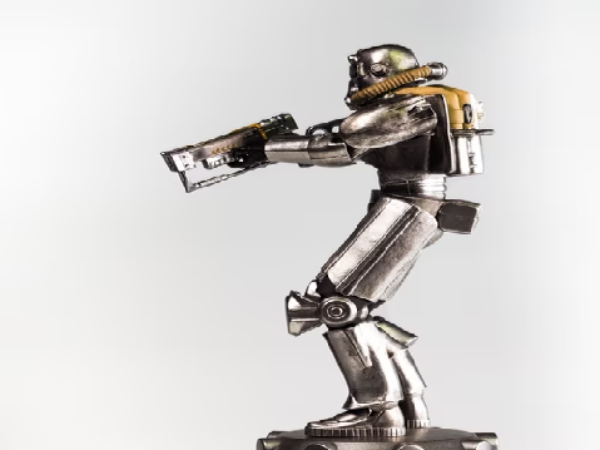How human is the future of robots?
The future of robot
* Header
photo credit: Cyan Robot
Robot is
constantly evolving and machine learning and artificial intelligence
technologies are designed to make robots more sophisticated and advanced than
ever. However, robots should not be seen as intelligent beings or intelligent
things, which is a trap that many people fall into.
Instead,
think of robotics affecting your life as a computer. Your computer can't solve
general questions, and neither can robot. But if you know its purposes and make
specific requests for it in a clear and understandable way, you will perform
repetitive tasks effectively.

Robotic
arms
Do more robotic arms mean less human work? Or
more efficient manufacturing?
These are
questions that we get asked a lot. However, it is clear that more robotic arms
do not mean less human work. In fact, they can lead to more humane job.
According to a reporst from the World Economic Forums, robots could displace 75
million jobs worldwide by 2022, but over time, they will create a positive net
result of 133 million!
Take the
example of a spreadsheet. Before its existence, accountants spent a lot of time
adding numbers manually. The advent of the spreadsheet made life much easier
for accountants, who could now spend their time making informed business
decisions, improving communications, increasing reporting, and optimizing
efficiency.
These
advances increased profitability, which in fact created many more jobs,
although programmatically the responsibility of the person who added the
numbers no longer exists.
The idea
that robots are successful to come and "take everyone's job" is
wrong. In detail, the future of robots and humans go hand in hand.
Present
and future applications of automation
A funny
thing occurs when you take motors and put them in a configuration that looks
like an arm. People suddenly humanize him and think he is somehow
self-sufficient.
Yes, in the
future, automatons will be functionally capable of handling most, if not all,
automation. Though, we are still a extended way from several major
breakthroughs in machine learning, and even then there will be limits.
Here's
another historical example of context. There was a time when weekends on the
job market weren't like today. Then came Henry Ford and his assembly line model
capable of producing an incredible number of cars in a short period of time. So
there was a lot more flexibility.
The
workforce is constantly changing and humans are adapting to it. If and when
robots in the future reach the point where they can do most of the things
humans do for themselves, we will adapt again. The development of the work will
continue. It may give us more time to pursue our passions and hobbies.
Robotic
fleets should empower humans
When it
comes to useful fleets, you have to start with useful applications. Make sure
the robots are doing things with precision and precision and that they are
doing them reliably. Next, we need to ensure that we manage them by looking at
log information sets, troubleshooting, and running scans. Managing a fleet of
robots effectively is about taking a problem from a robot and passing it to the
right person finished a smart alert system.
In fact, we
are already seeing robotic fleet deployments like this in spaces like hospitals
and car manufacturing with great success. We use robots to solve previously
unsolvable problems, like cleaning up all the trash in the marine. This is only
likely with fleets of robots working together to build a better life for persons.



Comments
Post a Comment